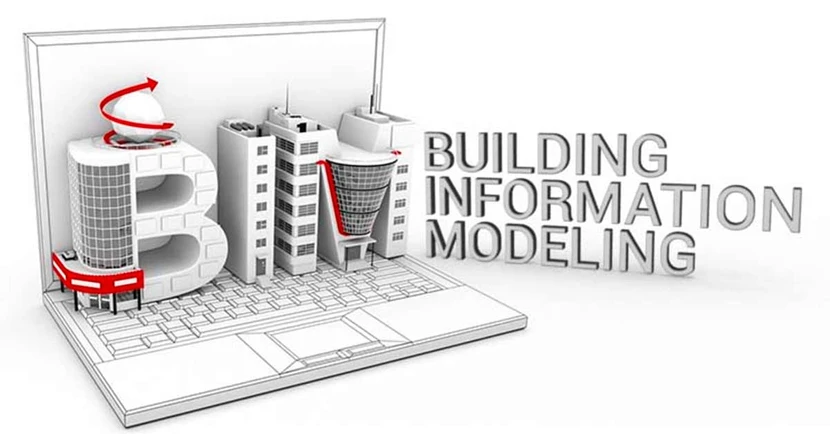In today’s rapidly evolving world of construction and design, Building Information Modeling (BIM) has emerged as a game-changing technology with undeniable advantages. BIM is not just a tool; it’s a paradigm shift that revolutionizes the way we plan, design, construct, and manage buildings. Here are some compelling reasons why choosing BIM is advantageous in today’s world:
1. Enhanced Collaboration: BIM fosters collaboration and communication among all stakeholders, from architects and engineers to contractors and facility managers. Its centralized platform allows real-time data sharing, reducing errors, misunderstandings, and project delays. This collaborative approach is vital in the complex projects of today.
2. Efficiency and Productivity: BIM streamlines the design and construction process by creating a 3D model that contains all project information. This efficiency results in faster project delivery, cost savings, and improved productivity. BIM’s ability to automate repetitive tasks frees up time for creative problem-solving and innovation.
3. Cost Savings: BIM facilitates accurate cost estimation and cost tracking throughout a project’s lifecycle. It minimizes surprises and costly changes during construction. Moreover, by optimizing designs and materials, BIM helps identify cost-saving opportunities without compromising quality.
4. Sustainability: In an era of heightened environmental awareness, BIM is a powerful tool for sustainable design and construction. It allows architects and engineers to simulate the environmental performance of buildings, helping to reduce energy consumption and minimize a structure’s carbon footprint.
5. Risk Mitigation: BIM’s clash detection and coordination capabilities enable early identification and resolution of conflicts among building systems. This reduces the risk of errors and rework, which can be financially and temporally burdensome.
6. Lifecycle Management: Beyond construction, BIM supports effective facility management. It provides a comprehensive database of building information that aids in maintenance, renovations, and future expansions. This prolongs the building’s lifecycle and maximizes its value.
7. Global Compatibility: BIM is a global standard, making it easier for international collaboration and project management. Its widespread adoption ensures that professionals can work seamlessly on projects across borders.
In conclusion, in today’s world of construction, where efficiency, sustainability, and collaboration are paramount, choosing BIM is not just advantageous; it’s essential. It empowers professionals to navigate the complexities of modern projects with confidence, delivering better results for clients, and leaving a lasting positive impact on the built environment.


